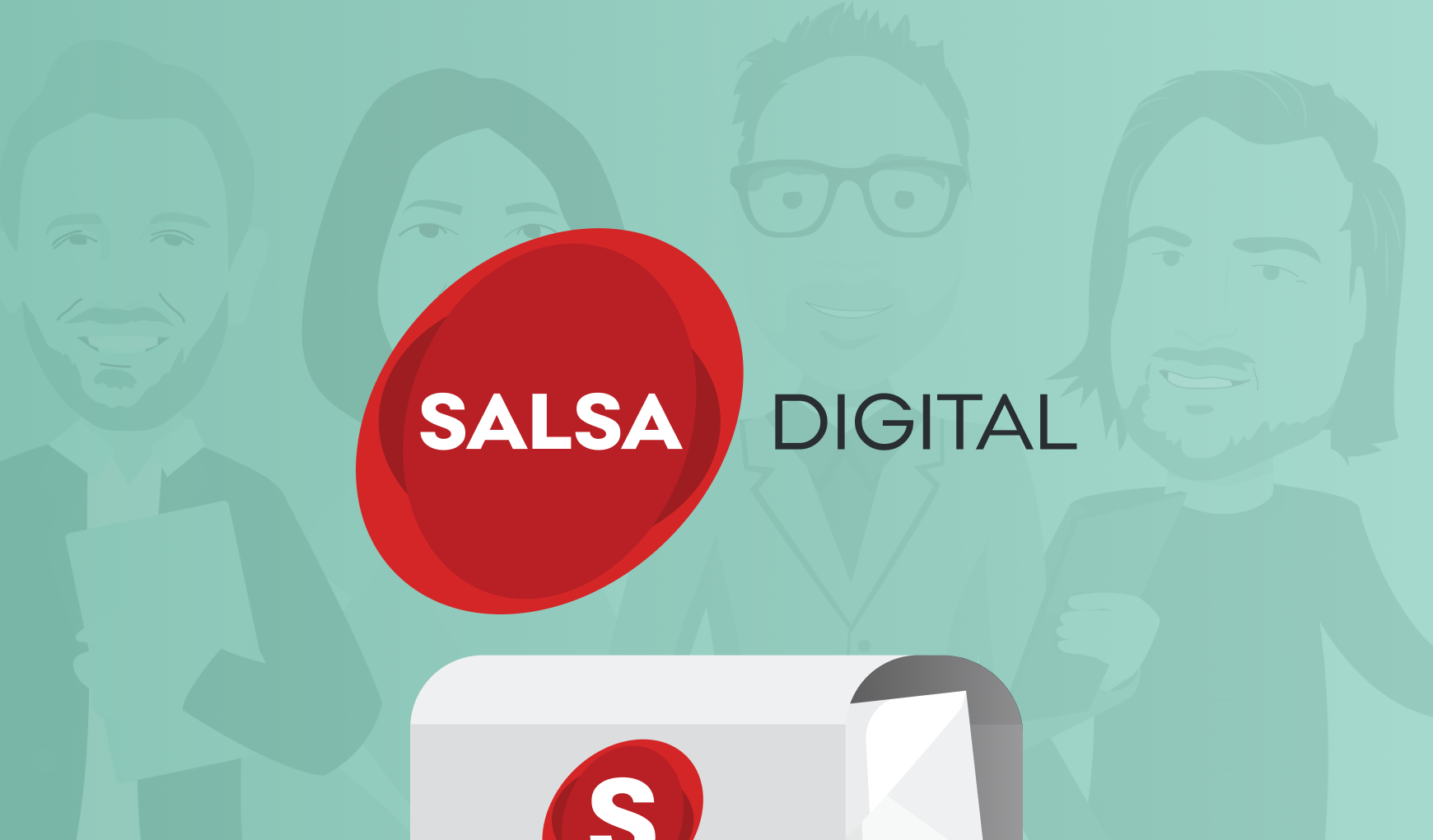Accessibility standards — WCAG
The W3C’s Web Content Accessibility Guidelines (currently using WCAG ) provide an excellent, and industry-approved standard for website accessibility. When websites are accessible, they can be viewed and easily understood by everyone (for more information, see our blog Why accessibility testing is ). Accessibility is also one of the DTA's Digital Service — number 9, Make it .
Often when an organisation is creating or updating its website, they focus on design and navigation aspects of accessibility and neglect content.
The Web Content Accessibility Guidelines contain several items that refer directly to content, both writing and images. In this blog we’ll focus on how to write to meet WCAG2.1.
With the guidelines there’s the more complex approach of reviewing all of the relevant guidelines, and the simpler approach that focuses on what the guidelines actually mean for content writers. Below I’ve included both approaches but you may want to jump straight to How to write accessible content if you’re not interested in the specific requirements.
A, AA and AAA in WCAG
You should also be aware of the WCAG’s levels of conformance:
Level A — represents minimum level requirements
Level AA — represents the level up from the minimum
Level AAA — represents the highest level of compliance
Your website must meet all Level A criteria to be an accessible site.
Which guidelines apply for writing accessible content?
There are several guidelines that specifically address how content should be written to make it more accessible. The Level A requirements are:
WCAG Page titled — “Web pages have titles that describe topic or purpose.”
WCAG Link purpose in context — “The purpose of each link can be determined from the link text alone or from the link text together with its programmatically determined link context, except where the purpose of the link would be ambiguous to users in general.”
WCAG Labels or instructions — “Labels or instructions are provided when content requires user input.”
The Level AA requirements are:
WCAG Headings and labels — “Headings and labels describe topic or purpose.”
The Level AAA requirements are:
WCAG Section headings — “Section headings are used to organize the content.”
WCAG Reading level — “When text requires reading ability more advanced than the lower secondary education level after removal of proper names and titles, supplemental content, or a version that does not require reading ability more advanced than the lower secondary education level, is available.”
WCAG Unusual words — “A mechanism is available for identifying specific definitions of words or phrases used in an unusual or restricted way, including idioms and jargon.”
WCAG Abbreviations — “A mechanism for identifying the expanded form or meaning of abbreviations is available.”
How to write accessible content
While the above sounds pretty complicated, it can all be covered in some simple and specific writing tips.
Choose your page titles carefully— make sure the page title is descriptive and gives users an idea of the content they’ll find on that page.
Write contextual links instead of ‘click here’ — screen readers are often set to read hyperlink text and ‘click here’ tells the user nothing about what they’ll find if they follow that link.
Use headings on your pages to organise the copy and once again choose your wording carefully, ensuring all headings are descriptive.
Make sure any instructions or error messages are clear and easy to understand.
Write copy that can be understood by someone with a lower secondary school education. There are some great online readability tools to test readability, such as .
It should also be noted that for government websites, the Digital Transformation recommends aiming for an age 9 reading .You may also like to view the DTA's guide on WCAG for content .
Accessibility and web writing best practice
Many of the above tools for writing accessible content also apply to writing copy that’s optimised for the web. For example, writing copy that can be scanned through the use of headings is recommended for usability (write for scanning readers). In addition, using descriptive page titles and headings is important for search engine optimisation (SEO). This is just one example of the connections between accessibility, usability and SEO. This crossover provides further incentive to focus on web-writing best practice across accessibility, usability and SEO.


